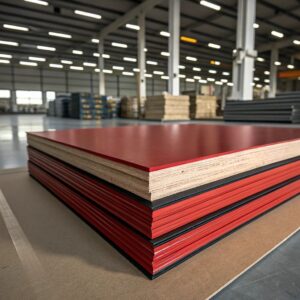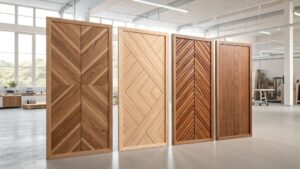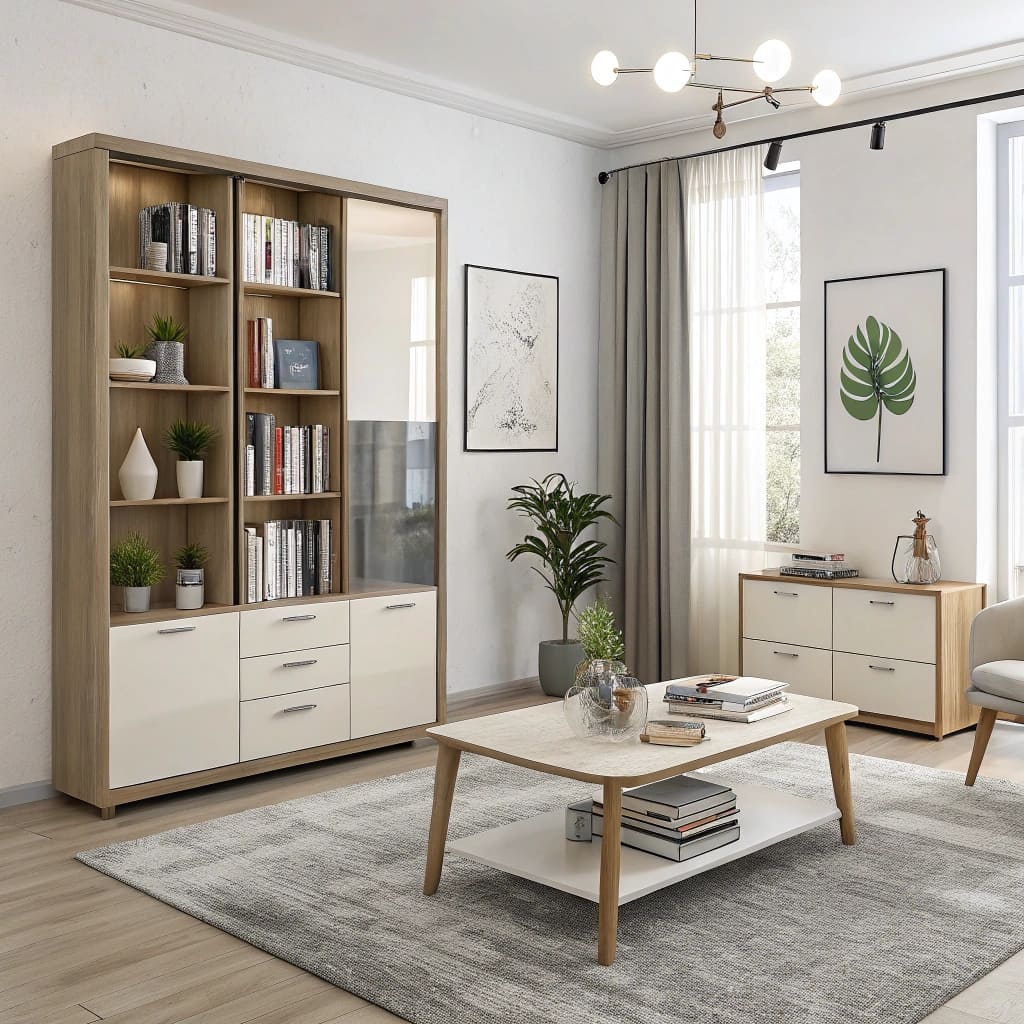
Triamine board is a type of engineered wood panel. It is made by pressing melamine paper onto the surface of wood-based panels like MDF or particle board. This process uses heat and pressure to create a strong bond. The result is a beautiful, hard surface that resists water, scratches, and wear.
I have worked with triamine boards for years in my factory in China. Many of our clients from different countries prefer this material because it looks great, lasts long, and is good for the environment. In this article, I will explain what triamine board is, how it is made, and why it is a smart choice for furniture brands and importers.
1. What Makes Triamine Board Special?
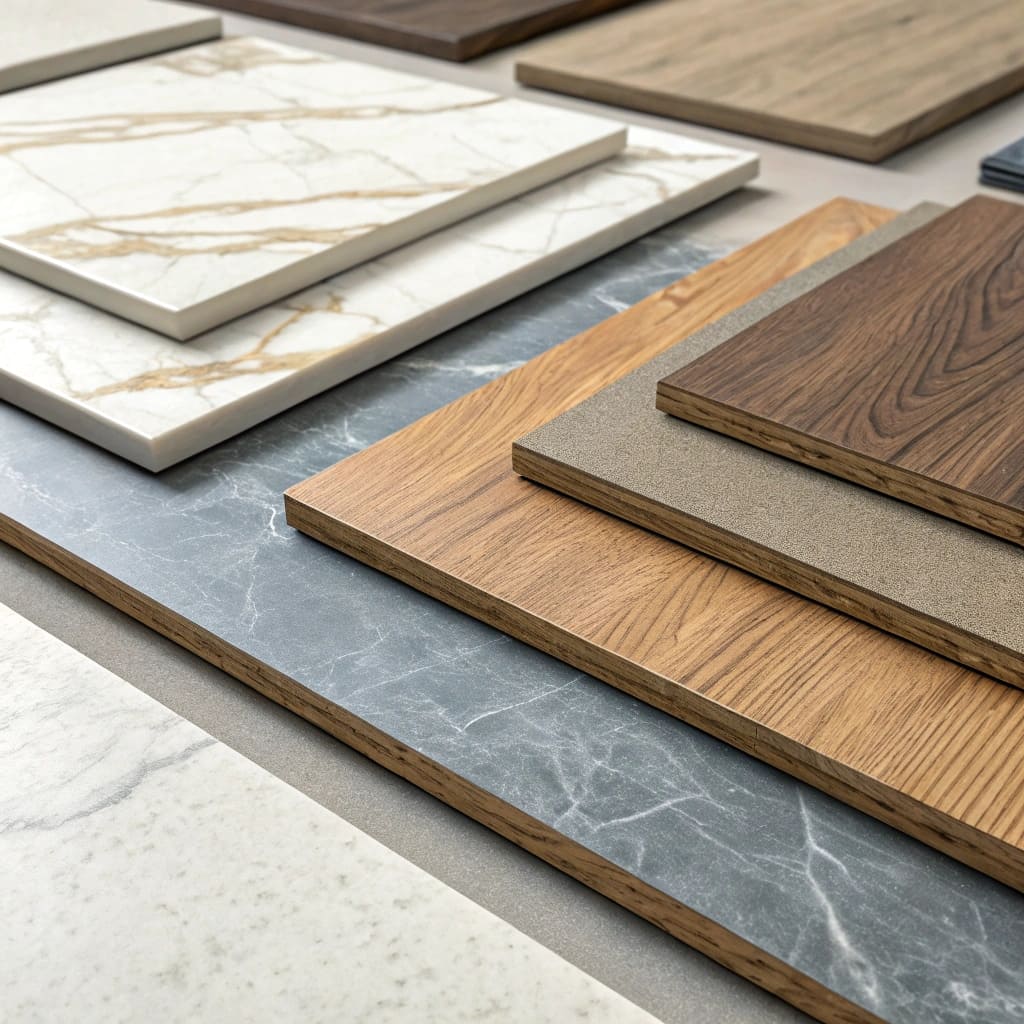
Triamine board is different from regular plywood or MDF. It has a decorative melamine surface1 that can be made in many colors and textures. It looks like real wood, stone, or other stylish materials. But it is cheaper and more stable.
It is also resistant to moisture2, heat, and most stains. That makes it perfect for furniture, kitchens, closets, and offices3. Many of our customers use it for cabinets, shelves, and even wall panels.
Key Features of Triamine Board
| Feature | Description |
|---|---|
| Decorative Surface | Melamine paper with custom patterns |
| Core Material | MDF, particle board, or plywood base |
| Resistance | Scratch, moisture, heat, and stain resistance |
| Environmental Impact | Low formaldehyde emission, meets international standards |
| Application Areas | Furniture, interior decor, wall panels, and kitchen cabinets |
2. How Is Triamine Board Made?
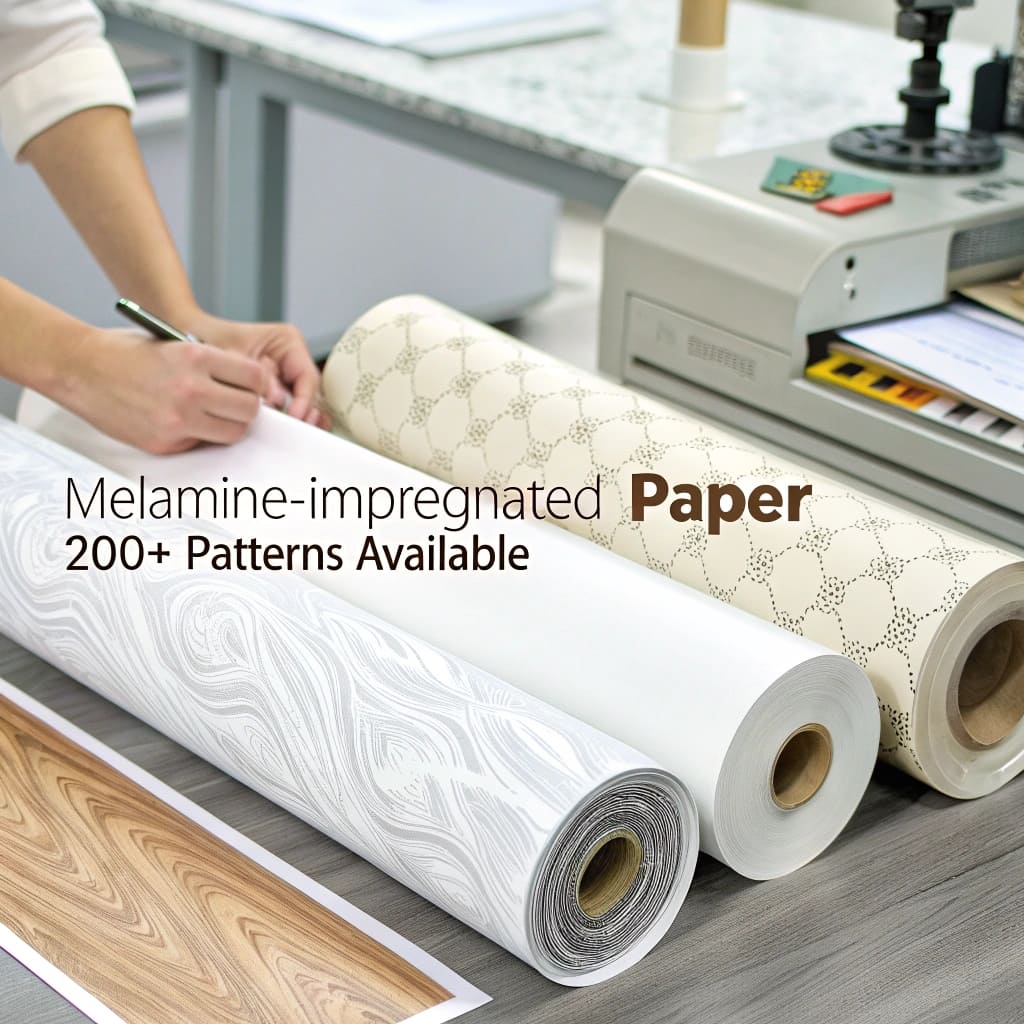
To understand why triamine board works so well, we need to look at how it's made. At ACEALL, we use a detailed process that starts with a wood core. This core is usually MDF or particle board. These materials are smooth and stable, making them ideal for lamination.
Next, we prepare melamine-impregnated paper. This paper has a printed design and is soaked in melamine resin. The design can look like oak, maple, marble, or solid colors. Our factory offers over 200 pattern choices, which helps furniture designers match their style exactly.
We then press the melamine paper onto the board using hot-pressing machines. We control the temperature, time, and pressure carefully. This makes sure the surface is flat and bonded tightly. The final product has a hard, decorative finish that is easy to clean and hard to damage.
My Experience With Production
In my own factory, I oversee this process every day. We use 8 production lines, and each line follows strict QC procedures. We test each batch for surface strength, color match, and emission level. We also offer custom orders where clients choose their own color and texture.
3. Environmental Benefits of Triamine Board
Many of our customers care about sustainability. Triamine board is a better option than solid wood. It uses less natural timber and helps reduce deforestation. That’s one reason I often recommend it to companies that want to go green.
The core material is made from recycled wood fibers. We press them under heat, which binds the fibers without using harmful chemicals. Our melamine resins are low-emission and follow global E1 or E0 formaldehyde standards.
Comparing With Solid Wood and Veneer
| Material | Timber Use | Emission Control | Sustainability |
|---|---|---|---|
| Solid Wood | High | Low | Low |
| Veneer | Medium | Medium | Medium |
| Triamine Board | Low | High (E1/E0) | High |
In my factory, we take this seriously. We work with certified suppliers, and our boards pass SGS and CARB certifications. Some of our clients include companies that sell eco-friendly furniture in Europe and North America.
4. Applications in the Furniture Industry
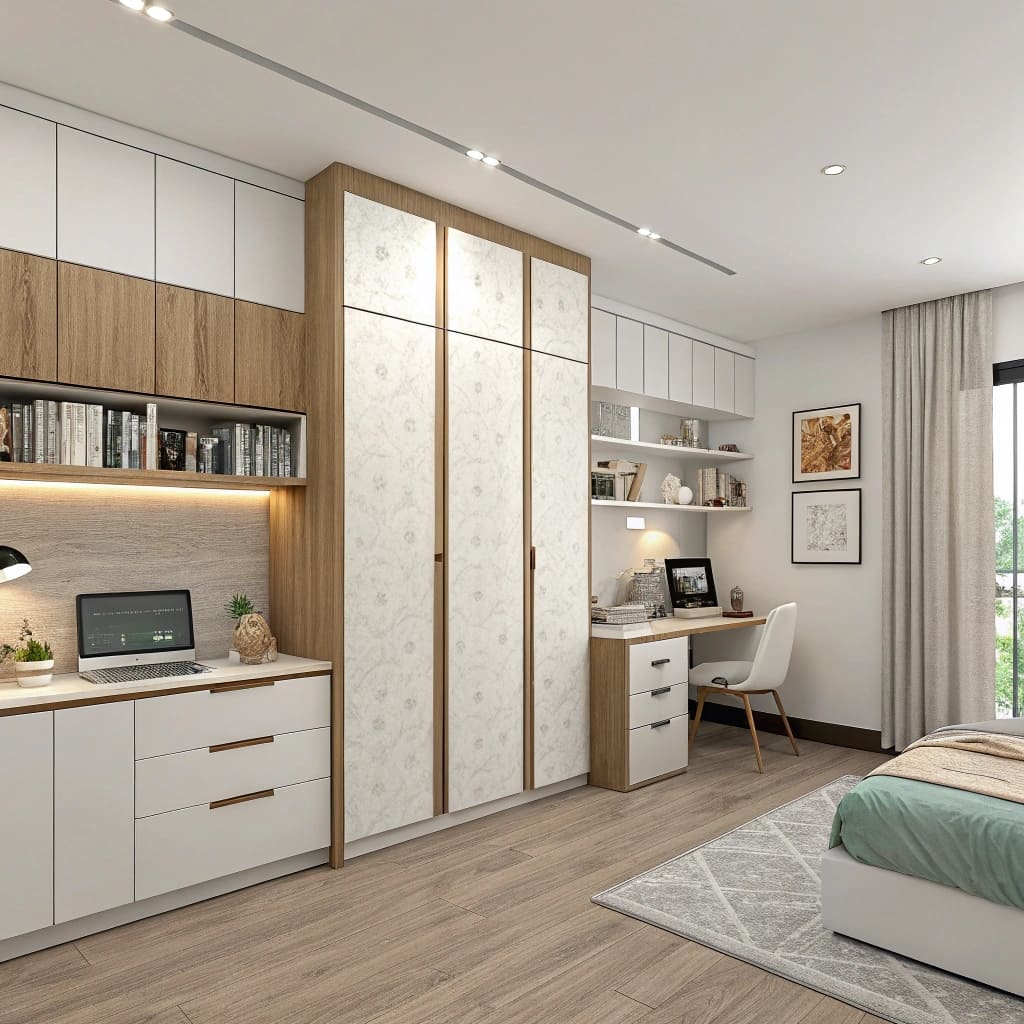
Furniture makers love triamine board because it is versatile. You can use it in almost every part of a room. In homes, it is used for kitchen cabinets, closet doors, bookshelves, and wardrobes. In offices, it can be used for desks, partitions, and meeting room walls.
When buyers visit our factory or booth during trade shows, they often tell me how flexible the board is. One customer even made a full kitchen set using only triamine panels. The surfaces looked like real wood, but they were more scratch-resistant and easier to clean.
Popular Use Cases
-
Kitchen cabinets: Water resistance and smooth surface
-
Bedroom closets: Custom color options and easy assembly
-
Office furniture: Clean modern look, low cost
-
Wall panels: Light weight and quick installation
Because the surface does not need painting or sanding, furniture production is faster. This helps companies like Cathy’s deliver products on time without extra labor costs.
5.Why Work With ACEALL?

We are a factory, not a trading company. That means you talk directly to the people who make your products. We have 8 production lines and over 100 staff. We ship to more than 20 countries, including Canada, the U.S., UAE, and Chile.
What We Offer
-
Over 200 melamine patterns
-
Custom size and thickness
-
E1/E0 low emission panels
-
On-time delivery
-
English-speaking support
My goal is to help you grow your business. If you’re looking for a long-term supplier who understands quality, cost, and timelines, then I’m here to help.
6.Conclusion: Is Triamine Board Right for Your Business?
Triamine board is a reliable, attractive, and eco-friendly material. It works well for furniture makers, interior designers, and wholesalers. If you need consistent quality and flexible options, this material might be your next best choice.
I’ve worked with dozens of companies just like Cathy’s. They needed a product that looked good, performed well, and fit their budget. Triamine board gave them all that—and more.
If you want to learn more or request a sample, feel free to email me anytime at sales@aceallwood.com.
Let me know if you'd like me to localize this for a specific country or add more product-specific keywords!
-
Explore this link to understand the advantages and applications of decorative melamine surfaces in design and furniture. ↩
-
Learn how moisture resistance enhances the durability of decorative melamine, making it ideal for various environments. ↩
-
Discover the versatile applications of decorative melamine in furniture and interior design for stylish and functional spaces. ↩


